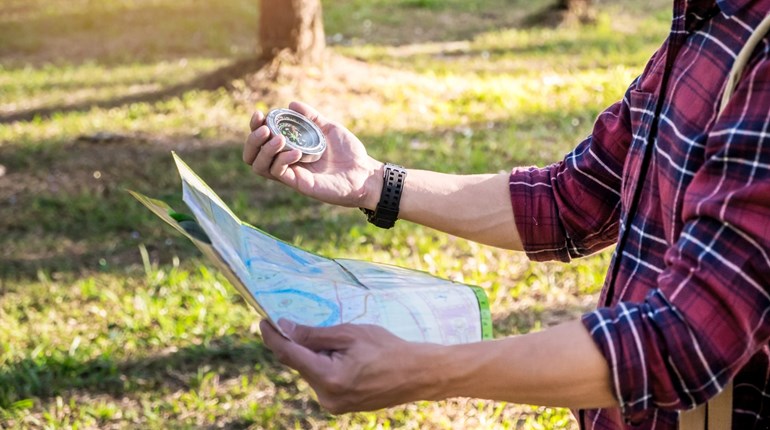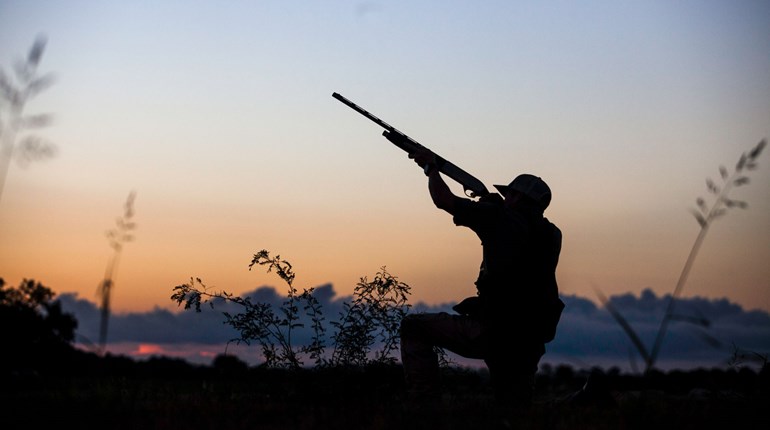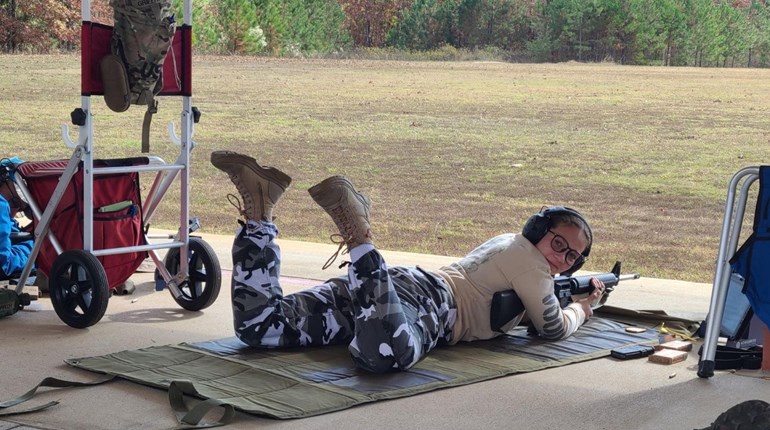
Tracking animals in the wild is more than just following a trail of footprints; it’s about deciphering nature’s seemingly hidden clues, and understanding the habits of the creatures that call it home. Whether you’re hunting, birdwatching or simply exploring, learning how to read signs, identify prints and interpret animal behaviors will bring about a wealth of knowledge when it comes to the world around you.
 One of the first lessons in tracking is recognizing the subtle signs that animals leave as they move through their environment. These clues, often overlooked by casual observers, can tell a detailed story to the trained eye. Tracks might seem like the most obvious evidence, but they’re just one piece of the puzzle. Animals often leave behind fur caught on bark, feathers shed during preening, scat, claw marks and disturbed vegetation.
One of the first lessons in tracking is recognizing the subtle signs that animals leave as they move through their environment. These clues, often overlooked by casual observers, can tell a detailed story to the trained eye. Tracks might seem like the most obvious evidence, but they’re just one piece of the puzzle. Animals often leave behind fur caught on bark, feathers shed during preening, scat, claw marks and disturbed vegetation.
For example, bucks often rub their antlers on trees, leaving behind visible scars on the bark. These markings not only indicate a deer’s presence, but can also hint at the animal’s size and health based on the height and width of the rub. Similarly, smaller mammals like rabbits or raccoons often create well-worn trails through grass or underbrush, leading to water sources or burrows.
Don’t forget to check water sources for signs of activity. Muddy banks around ponds or streams often reveal an abundance of footprints. Animals, like humans, are creatures of habit, and water is a universal draw. Tracks found near water can often be fresher and more distinct than those found in other areas.
Scat (aka feces) is another essential sign for trackers. While it’s not the most glamorous aspect of wildlife observation, scat can provide insights into an animal’s diet and recent movements. Carnivores, for instance, may leave behind scat with traces of fur or bone, while herbivores often leave smooth pellets or fibrous droppings. Analyzing scat can also help you determine how recently the animal passed through the area, which is crucial for tracking it further.
Animal tracks, or prints, are often the most sought-after clues for trackers. They serve as the wildlife equivalent of a signature, offering details about the species, size and gait of the creature that made them. To interpret tracks effectively, you need to pay close attention to their size, shape and the depth of the impression. The first step in reading a print is identifying the number of toes. Many hoofed animals, like deer, elk and moose, have two distinct toes, creating a cloven shape.
Canines, such as wolves and foxes, typically show four toes with claw marks visible, while felines like bobcats and mountain lions also have four toes but rarely leave claw marks because their claws are retractable. The spacing and arrangement of tracks can also provide clues about an animal’s movement and behavior. Tracks that are evenly spaced in a straight line suggest a purposeful gait, often indicating an animal is traveling. In contrast, meandering tracks with irregular spacing may suggest feeding, playing or exploring behavior.
These patterns can offer a wealth of information about an animal’s current state of mind and purpose. Pay attention to the substrate where the tracks are found. Soft ground, like mud or snow, will capture more detailed impressions than rocky or dry terrain. If tracks are faint or partially obscured, try examining them at different angles; light coming from the side can often reveal subtle details that direct sunlight may wash out.
Tracking isn’t just about finding where an animal has been; it’s also about anticipating where it might go. To do that, you need to understand its behavior. Every animal has unique habits and routines, many of which are dictated by its needs for food, water and shelter. By recognizing these patterns, you can often predict an animal’s next move.
Consider the time of day. Many animals are crepuscular, meaning they are most active during the early morning and late evening hours. Deer, for example, often move from their bedding areas to feeding grounds during these periods, making them easier to track. Likewise, predators like coyotes or owls may be more active under the cover of darkness, using their keen senses to hunt.
Seasonal behavior is another key factor. During the spring and summer months, many animals are focused on raising their young, which may lead to more visible activity near nests or dens. In the fall, the rut causes male deer and elk to become more mobile and aggressive, often leaving more prominent rubs and scrapes as they mark their territory.
If you’re lucky enough to spot the creature you’re tracking, observe how it behaves. Paying attention to an animal’s body language can also provide valuable insights. Ears pinned back or a fluffed-up tail may indicate stress or fear, while relaxed postures and slow movements suggest comfort. Understanding these cues can help you decide whether to approach cautiously or maintain your distance.
Tracking wildlife successfully involves a combination of skills requiring you to observe signs, analyze prints and interpret animal behavior. Patience is key, as this is a skill that does not develop overnight. With that being said, with practice, you'll become more efficient, and each time you head into the field, you’ll find yourself noticing more details, piecing together a richer story of the animals you encounter. It’s also important to leave as small a mark as possible in your tracking adventures, keeping the well-being of the animals and their habitats in mind. Avoid getting too close to wildlife or interfering with their natural behaviors; the goal is to learn from them, not disrupt them.
So, the next time you head into the woods, slow down and tune in to the subtle signs around you. Take the time to examine the tracks in the mud, the broken twigs along a trail, or the rustle of leaves that could indicate a passing animal. Each clue brings you one step closer to becoming a skilled tracker capable of reading the stories that nature writes all around us.






































